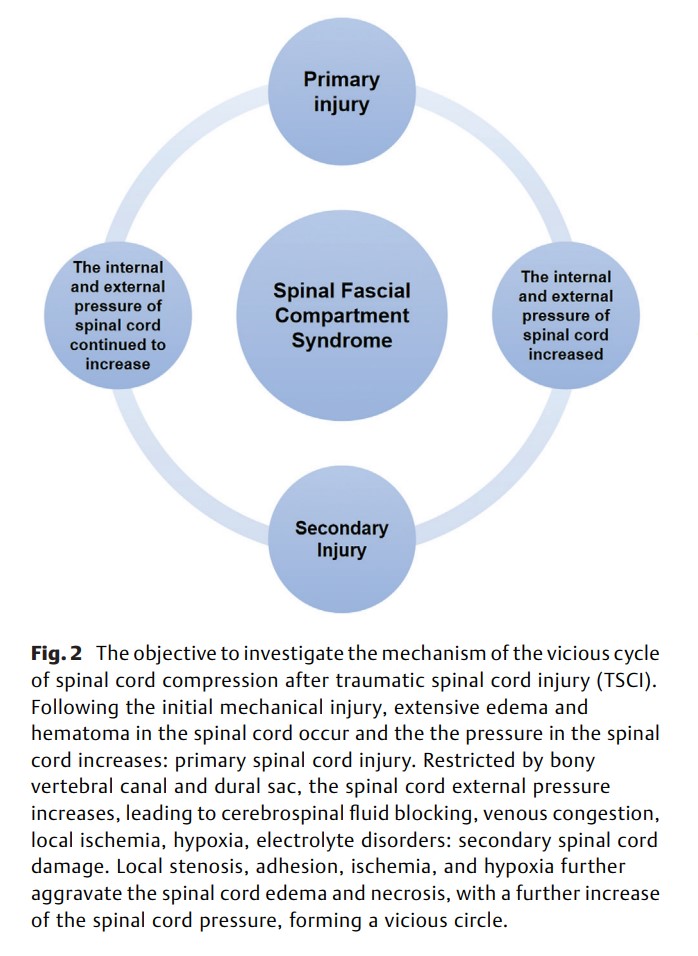
Highlighted article from
Journal of Neurological Surgery Part A: Central European Neurosurgery
Review Article
A Review of Strategies Associated with Surgical Decompression in Traumatic Spinal Cord Injury
Ying-Kang Zhu, Fa-Tai Lu, Guo-Dong Zhang, Zun-Peng Liu
中国医科大学附属第四医院
Traumatic spinal cord injury (TSCI) is frequent. Timely diagnosis and treatment have reduced the mortality, but the long-term recovery of neurologic functions remains ominous. After TSCI, tissue bleeding, edema, and adhesions lead to an increase in the intraspinal pressure, further causing the pathophysiologic processes of ischemia and hypoxia and eventually accelerating the cascade of secondary spinal cord injury. Timely surgery with appropriate decompression strategies can reduce that secondary injury. However, disagreement about the safety and effectiveness of decompression surgery and the timing of surgery still exists. The level and severity of spinal cord injury do have an impact on the timing of surgery; therefore, TSCI subpopulations may benefit from early surgery. Early surgery perhaps has little effect on recovery from complete TSCI but might be of benefit in patients with incomplete injury. Early decompression should be considered in patients with incomplete cervical TSCI. Patient age should not be used as an exclusion criterion for early surgery. The best time point for early surgery is although influenced by the shortest duration to thoroughly examine the patient's condition and stabilize the patient's state. After the patient's condition is fully evaluated, we can perform the surgical modality of emergency myelotomy and decompression. Therefore, a number of conditions should be considered, such as standardized decompression methods, indications and operation timing to ensure the effectiveness and safety of early surgical intervention, and promotion of the functional recovery of residual nerve tissue.

